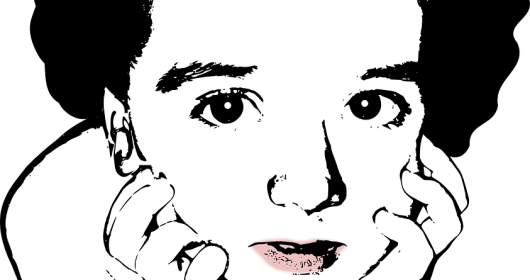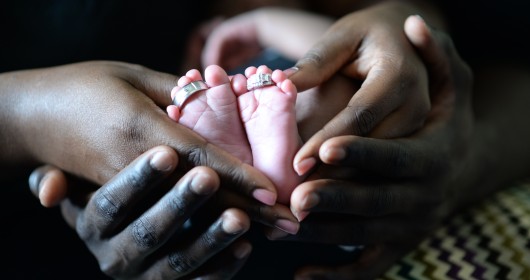My identity, a spectrum

I have struggled with who I am, for as long as I have known. In middle school, clad in Aeropostale and pinafores, I struggled to convince my newfound Mumbai peers that yes, I had lived my life till then in the United States, but yes, I was Indian. I owned a shiny black iPod Touch, but no I wasn’t elitist — I just loved music. I wore my hair in a braid, but yes, there was more to me than books.
“TELL ME ALL THE SWEAR WORDS YOU KNOW,” Janvi shrieked, green-eyed. Her tongue curled, as she eyed me watchfully, waiting impatiently for my next move. I stepped back. I opened my mouth, but nothing came out. From day one, I was expected to represent the lawless, the incorrigible American who represented all that was heedless in the world. I stepped forward. I swore for the first time.
Even before I knew who I was, I was scared to be anything different from what I saw. In an almost perfect desi-replication of Tina Fey’s Mean Girls, my school was now a jungle, and I immediately had to find my place.
No one says that fitting in isn’t easier. In the United States, growing up, I always struggled to place myself. My skin was a little too dark, my thighs were a little too thick. I couldn’t get past the only-half-funny jokes, and I often found myself lying about myself, my family, and my past to try to have something to add to conversations where I was naturally left out.
In middle school, when I wasn’t allowed to shave my legs, I wore pants, ready with the story that I was medically diagnosed with always-cold syndrome. I made sure to go along with my mom to Wal-Marts, for there was no way I wasn’t going to make sure brown paper bags were in the grocery cart; Cinderella lunch boxes would not cut it. I made up stories about boys who kissed me, I thought twice before pronouncing words (you’re stupid, it’s in-tell-e-gent, not intel-e-gent).
It took me 12 years of school, added with four years of college, for it to finally hit: I was not my environment. By the time college came around, I had camouflaged myself so much that I had no idea who I was, or for that fact, who I wanted to be. From choosing what to say to deciding who I spent time with, I had become the average of my five best friends, at any given point of time. Finally, I was around no one that I knew. I was free.
It came from the fact that it had finally fit that as long as I tried to find a fit for who I was, I was always going to be dissatisfied. I needed to let go.
Sometimes, I have prefixed my Americanness with Indianness. Other times, it has been the other way around. When someone asks me the most difficult question of all time (where are you from?), sometimes I say Mumbai, sometimes I say Chicago. That is my prerogative. It took me a long time to accept that, that ambiguity, was OK. My accent flips. When I am in Ann Arbor (you don’t sound Indian at all!), I sound like I never left. In Mumbai, hints of otherness flare up. That is OK, too. “You talk to her like an American,” my mom said, laughing at how I was different with different people in my life. No, Amma, I am not different. I am the same. I can be the same, while still not saying the same times, or acting the same way. I am who I am, and not who you see me as.
I struggle to understand our obsession with categorization, and our desire to pack up humans, claustrophobic, in tiny boxes. What are we looking to gain? What do I get from classifying you?
I am Indian, but I am also American. I wear Birkenstocks with my Salwar Kameez, and choose to not wear pants under my Anarkali suit. Hell, I’ll speak Tamil when I want, and English when I want. And I’ll roll my leftover roti into peanut butter and jelly rolls. My identity is a spectrum, my life is a rainbow. Heavy, uncomfortable. This identity is plural.





